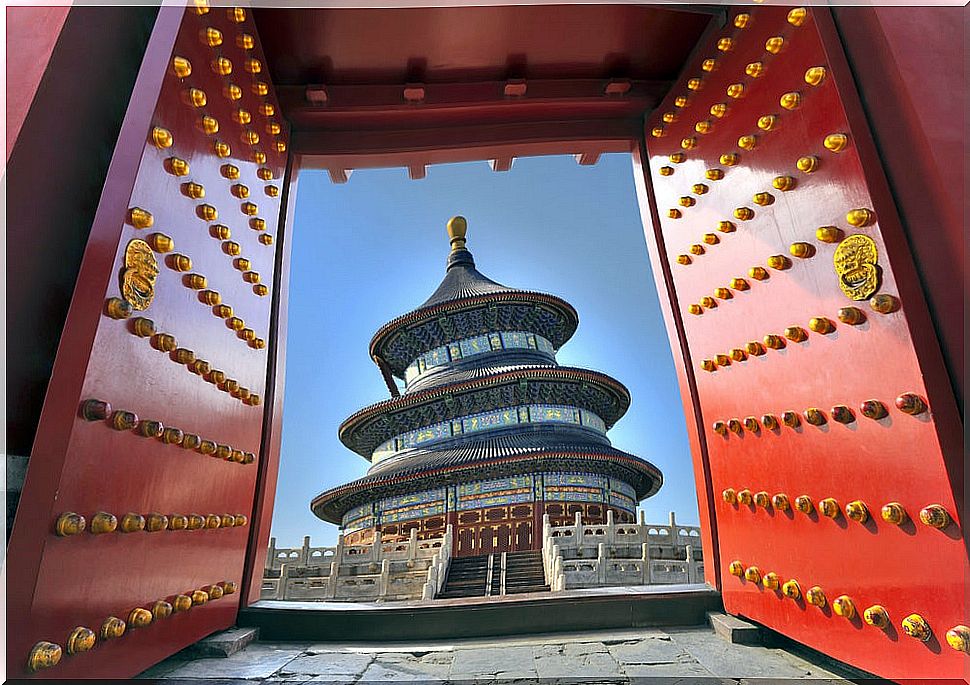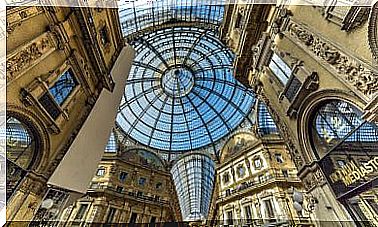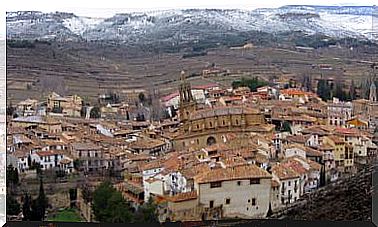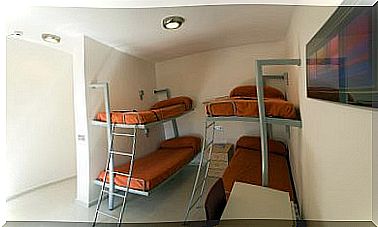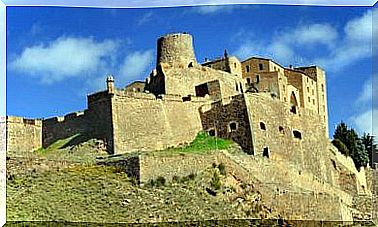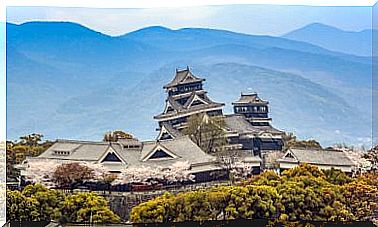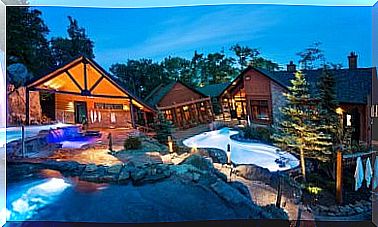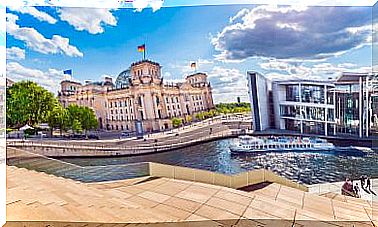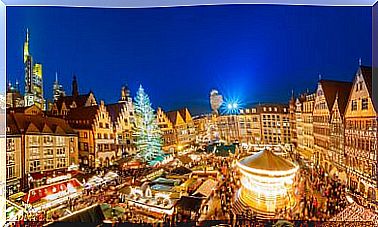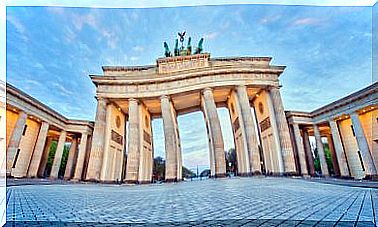History And Curiosities Of The Mysterious Forbidden City
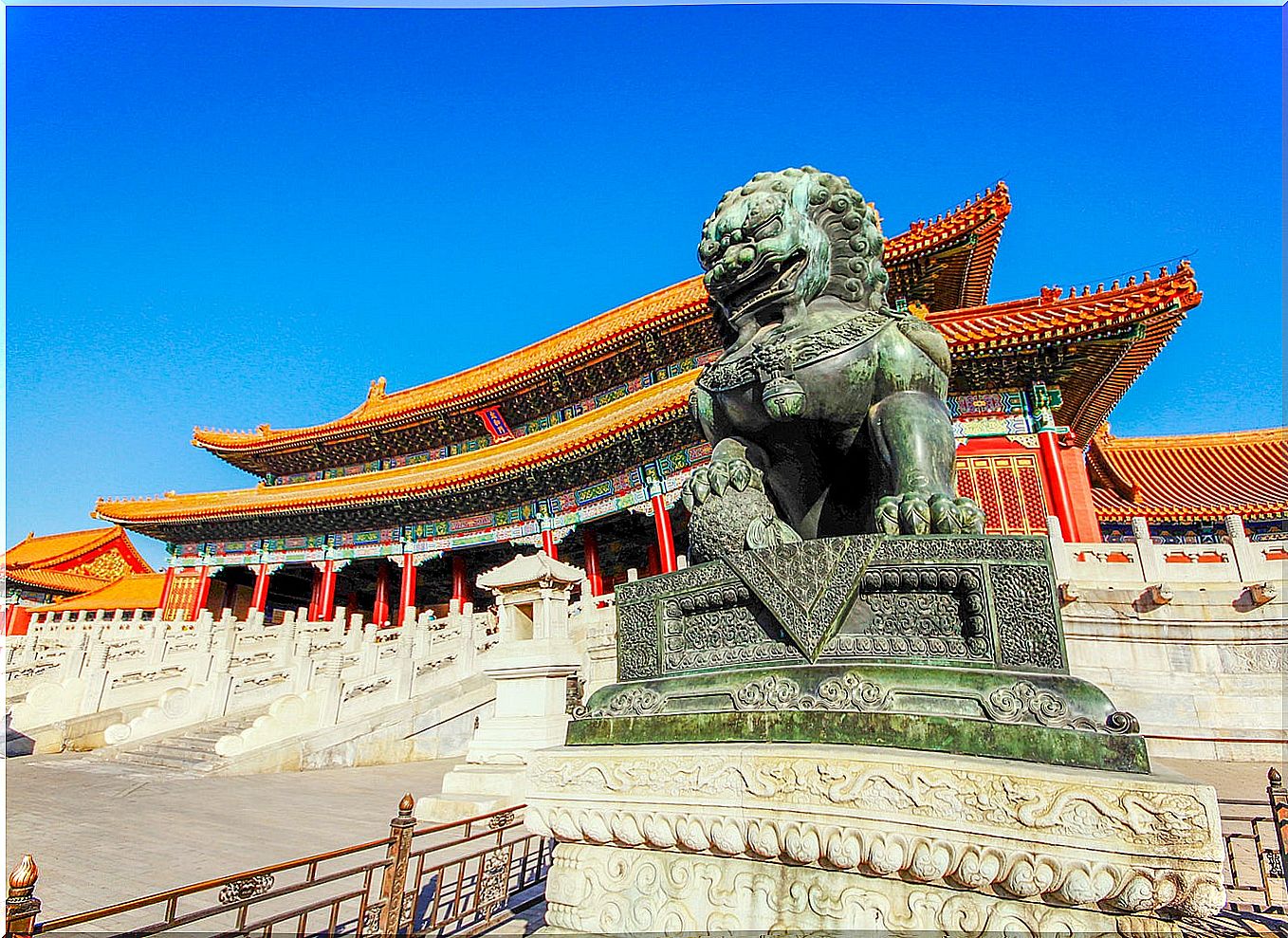
In Beijing, the capital of China, the mysterious Forbidden City is a must see. A place that hides secrets and curiosities that we are about to reveal to you. Not surprisingly, it was the center of government for 24 Chinese emperors who ruled the country for more than five hundred years.
The Forbidden City is therefore the most important place in Beijing. Also the most visited by tourists, especially Chinese citizens. An emblematic palace complex that has an immense history hidden behind its walls and also a myriad of curiosities.
History of the mysterious Forbidden City
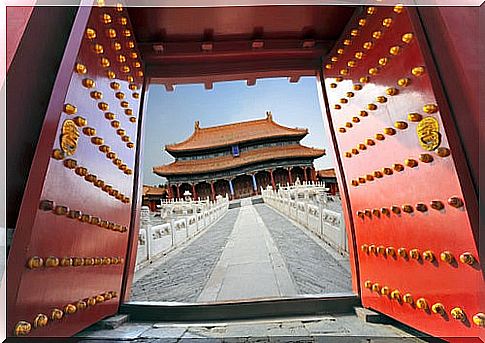
The Forbidden City is an architectural complex that has a total of 980 buildings. Its surface is 72 hectares in total. It was built between 1406 and 1420 by order of the Yongle Emperor, following traditional Chinese architecture.
The emperor ordered the construction of the complex so that it would be the official residence of the emperors of China, the court would be installed there and political ceremonies would be held. In fact, from him the Ming and Quing dynasties ruled until 1912.
Curiosities of the mysterious Forbidden City
1. Origin of the name
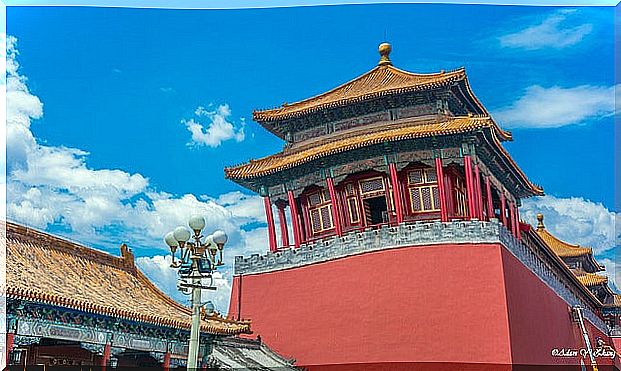
Its name in Chinese is Zijin Cheng , which means “Forbidden Purple City. ” It is related to the star Zinei, very important in Chinese astrology, as it was the House of the Celestial Emperor. Therefore, it would be the emperor’s house. Instead, Jin means forbidden, and it is because no one could enter or leave the place without permission from the emperor.
At present, in China it is known as Gugong, which means Old Palace, and it is a very important monument for the citizens of that country. It must be borne in mind that in the past it could not be visited except with the permission of the emperor, that is why today, open to anyone who wants to see it, it attracts so much attention.
2. Inside there are almost ten thousand rooms
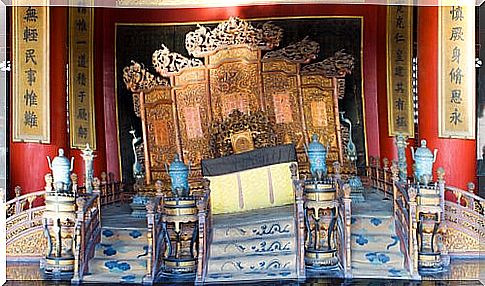
The wide extension of the palace makes it considered an imperial city. It is surrounded by a 52 meter wide moat and a ten meter high wall. For a few years, the Central Palace divided the ancient city of Beijing.
The palace is divided into two parts: the outer court and the inner one. It has a total of 9,999 rooms, making the Forbidden City the largest imperial city, and also the best preserved, of those that exist in China today.
3. A moat protected it from possible attacks
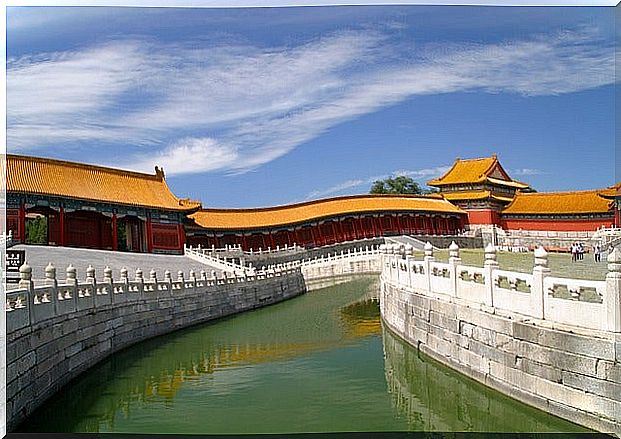
The Forbidden City was the most important place in China, the emperor lived here and it was necessary to protect him from possible hostile attacks. That is why he surrounded himself with that great pit. In this way, the emperor, his court and all the guests were safe, hidden behind the walls and in a fabulous place surrounded by gardens and pavilions.
4. Its architecture is based on numbers and colors
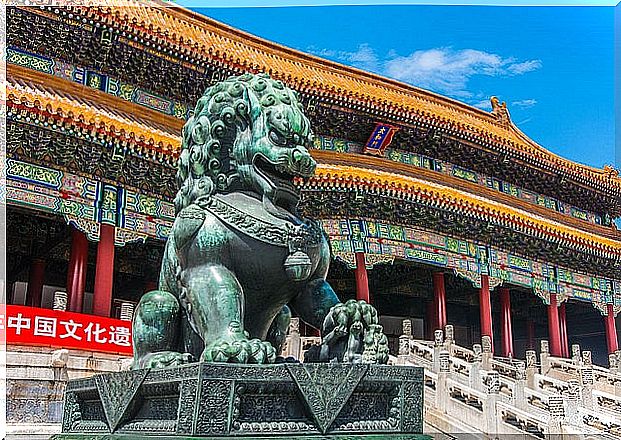
One of the curiosities of the mysterious Forbidden City in Beijing is that the architecture of this complex is based on the number 9. In the Forbidden City, as we said, there are 9,999 rooms. In addition, all the doors are topped by 81 gold studs, nine horizontal and nine vertical.
In addition, the finishes were yellow : the lions that protect the entrance to the pavilions, the dragons on the rooftops, etc. This color was chosen because yellow was associated with the figure of the emperor. Thus its grandeur was enhanced in this construction.
5. Each room was built according to its future function
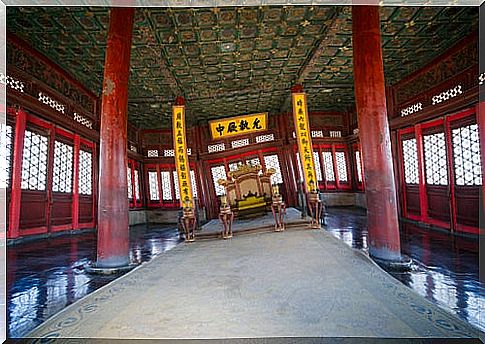
When dividing each building into rooms, the functionality that each of them would fulfill was taken into account. Therefore, the size calculations were performed with pinpoint accuracy. For example, the three most important rooms are the Hall of Central Harmony, Supreme Harmony, and Preserved Harmony.
The first one is where those who came to the palace were received. Later they entered the Supreme Harmony, the largest of all, which was used for great ceremonies. Finally, in that of Preserved Harmony it was used to celebrate banquets.
These are some facts that can give you an idea of what awaits you in the mysterious Forbidden City of Beijing. Its great extension makes the visit last several hours, so we advise you to go early and prepared to enjoy one of the jewels of China and Asia. Because of its beauty, it has been a World Heritage Site since 1987. What are you waiting for to visit it?
